(3420 products available)











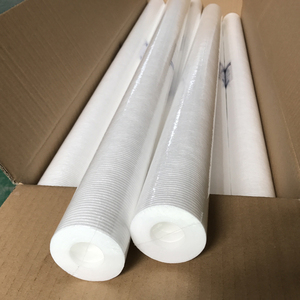


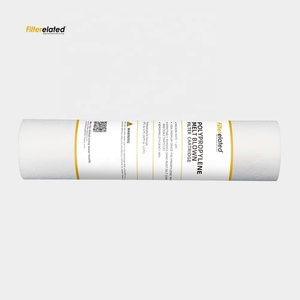

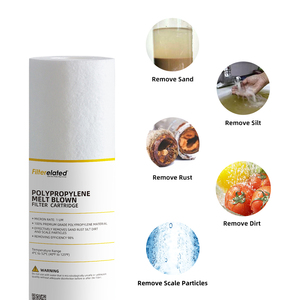



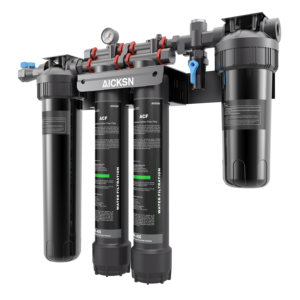


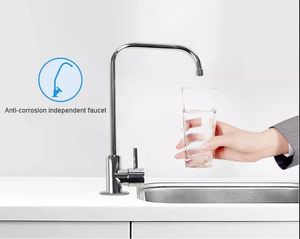









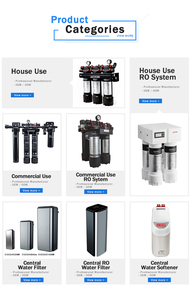



































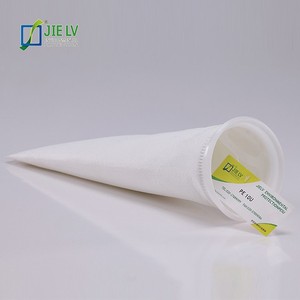

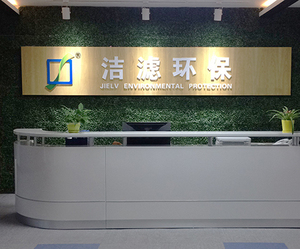

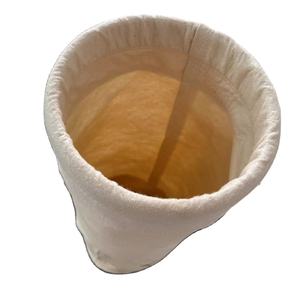

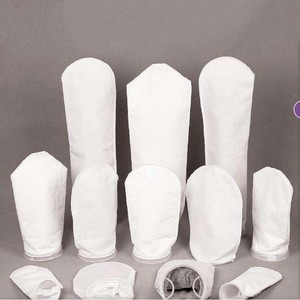




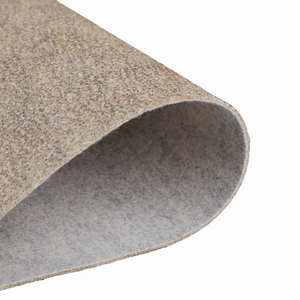
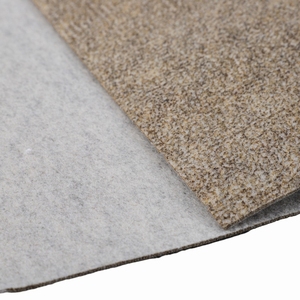
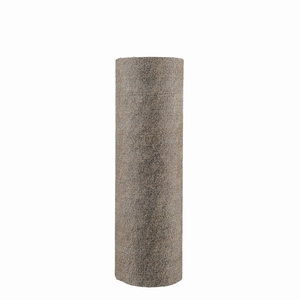
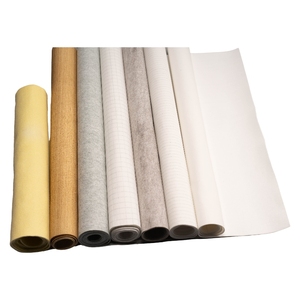











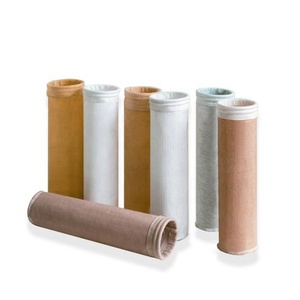



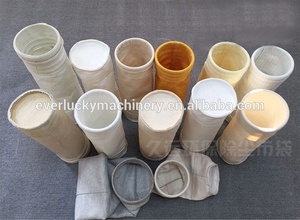
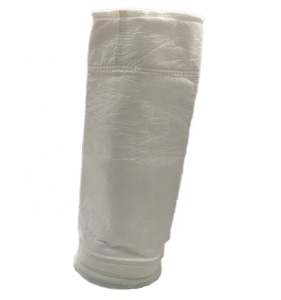
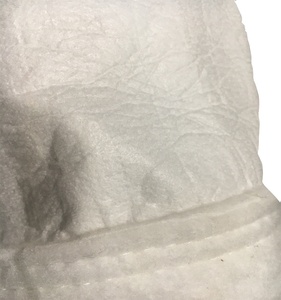

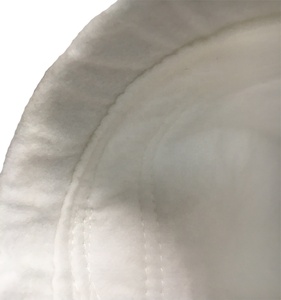





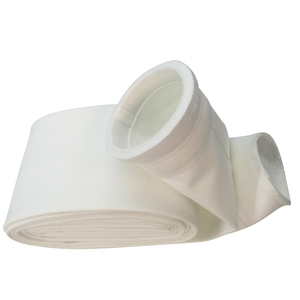

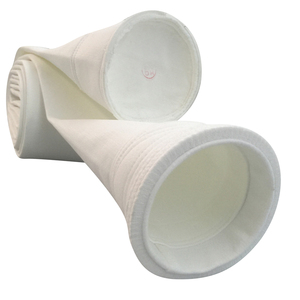







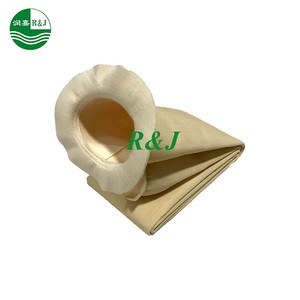







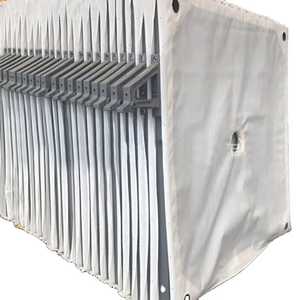











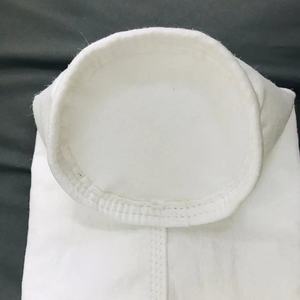

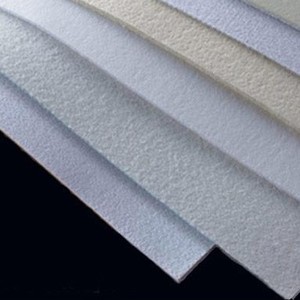

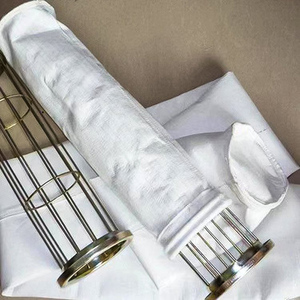




















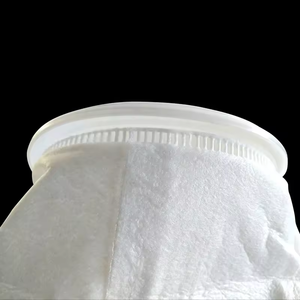
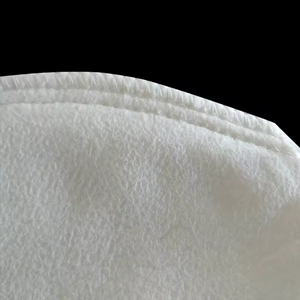








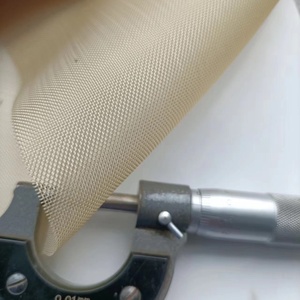



PPS (Polyphenylene Sulfide) filters are crucial in keeping the industrial apparatus and the environment safe by eliminating impurities from gases and liquids. Filter manufacturers provide various types of filter PPS for distinct applications and filtration needs.
Dust Arresters
PPS dust filters are used in diverse industries for general dust control applications. They are typically located at the source of the dust or within the production facility to capture dust before it leaves the site or contaminates working environments. Common examples include baghouse filters, which are the most common type of industrial dust control filter.
PPS bags
PPs filter bags serve a similar purpose to dust filters, but they are designed primarily for the capture and storage of dust. Over 90% of industrial dust is made up of fine particles, which presents unique challenges in handling and storage. PPS bags are often used with PPS bag filters, which employ the same filtration process as dust filters but use fabric filter bags to capture dust. PPS bags are also more cost-effective options to store large volumes of dust.
Pleated Filters
Pleated PPS filters are the backbone of virtually every HVAC system. These filters are designed to remove larger particulate matter, such as dust, lint, hair, and other visible debris. Pleated filters have a higher surface area than non-pleated filters, allowing for better airflow and filtration. The increased surface area helps trap more particles while providing less resistance to airflow, which is crucial for maintaining the efficiency of heating and cooling systems.
Cartridges
Typically cylinder-shaped, PPS filter cartridges are widely used to eliminate pollutants from water, oil, and other liquids. They feature a porous medium that allows the fluid to pass through while holding back contaminants. Cartridge filters are often utilized in the food and beverage industry, chemical processing, and water treatment facilities. They can be made from various materials, including polypropylene, nylon, and PES.
The monofilament filter bag, also known as the pps filter, needs to be cleaned periodically to maintain its filtering ability. Cleaning the bag should be done while it's still on the support cage. One end of the bag should be opened, and the contents shaken or lightly tapped to dislodge any build-up. Once done, the bag can be resecured on the support cage.
Many people prefer to replace their filter bags instead of cleaning them. For those who would like to change, it's crucial to determine the root cause of the filter clogging before buying a new bag. This will ensure the same issues don't arise, and the lifespan of the new filter is considerably longer. Filter bags are usually replaced after the flow rate decreases significantly, and an attempt to clean the bag fails. Before replacing, buyers should take into account the cost of the bag and whether it can be cleaned and reused.
PPS dust filter bags that are damaged can be repaired using filter bag patches. Patches come in a variety of sizes, shapes, and fabrics. Employers should know that this is a temporary solution, as damaged filter bags affect the efficiency of the filtration system. Patching can nevertheless help prolong the life of the filter bag, and it can significantly reduce operating costs.
The application of the PPS filter in the industry is quite extensive, which is one of the important reasons why it occupies a large market share.
Application needs
Determine the application requirements. Think about the liquid/medium that will pass through the filter, the filter's intended function (e.g., protecting equipment, ensuring product quality), and the setting in which it will be used (e.g., industrial, food processing, pharmaceutical).
Filtration efficiency and quality
Select a filter with the appropriate nominal ratings for the specific contaminants in the application. Ensure that the filter's material and construction meet the required standards for durability and performance.
Filter design and compatibility
Consider the filter's design (e.g., bag, star, string wound) and its compatibility with existing filtration systems or equipment. Ensure a proper fit to maintain filtration efficiency.
Flow rate and pressure drop
Choose a filter that can handle the needed flow rate for the application while keeping an appropriate pressure drop to maintain system efficiency.
Retention capacity and filter life
Evaluate the filter's retention capacity (the amount of captured contaminants) and its service life. This helps estimate replacement frequency and costs over time.
Cost-effectiveness
Find a balance between initial filter costs, replacement frequency, and maintenance expenses to ensure cost-effectiveness without compromising filtration quality.
Supplier reliability
Select a reputable supplier with a proven track record in providing high-quality filters and reliable customer support to ensure proper filtration solutions and prompt assistance when needed.
Q1: How does the PPS filter work?
A1: The filter's basic working principle is to chemically bind molecules in the air that pass through it.
Q2: What is the expected lifetime of PPS bag filters?
A2: The PPS bag filters can last from 2 to 3 years up to 6 years or longer if looked after properly.
Q3: What are some advantages of using PPS filters?
A3: The advantages include high thermal stability, a long service life, low susceptibility to hydrolysis, high filtration efficiency, cost-effectiveness, and many more.
Q4: Are PPS filters environmentally friendly?
A4: Yes, they are because they reduce carbon dioxide emissions by capturing more than 85% of carbon dioxide. Also, they are recyclable.